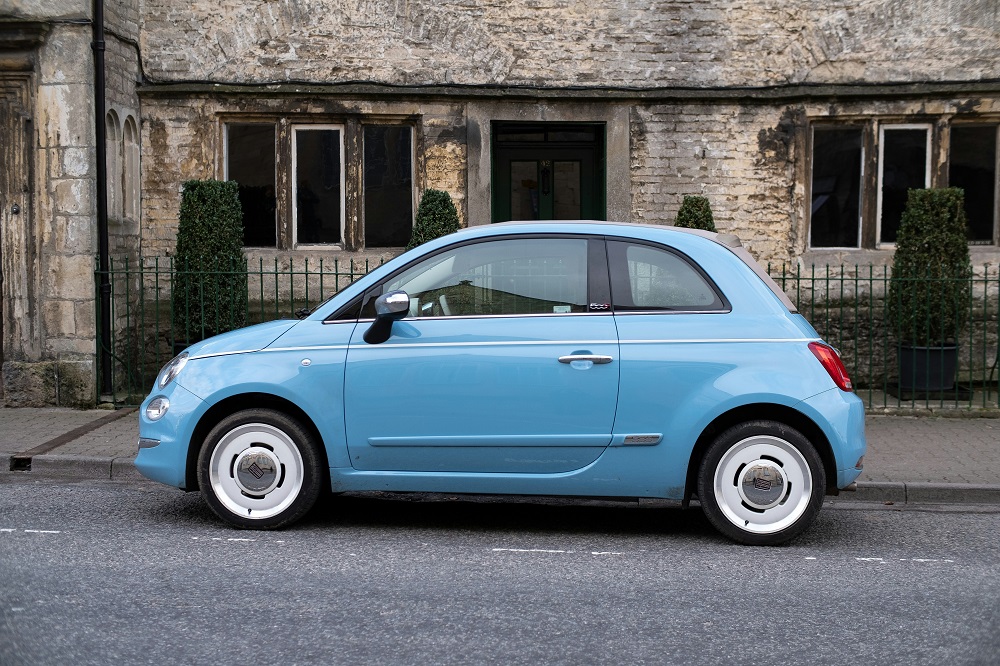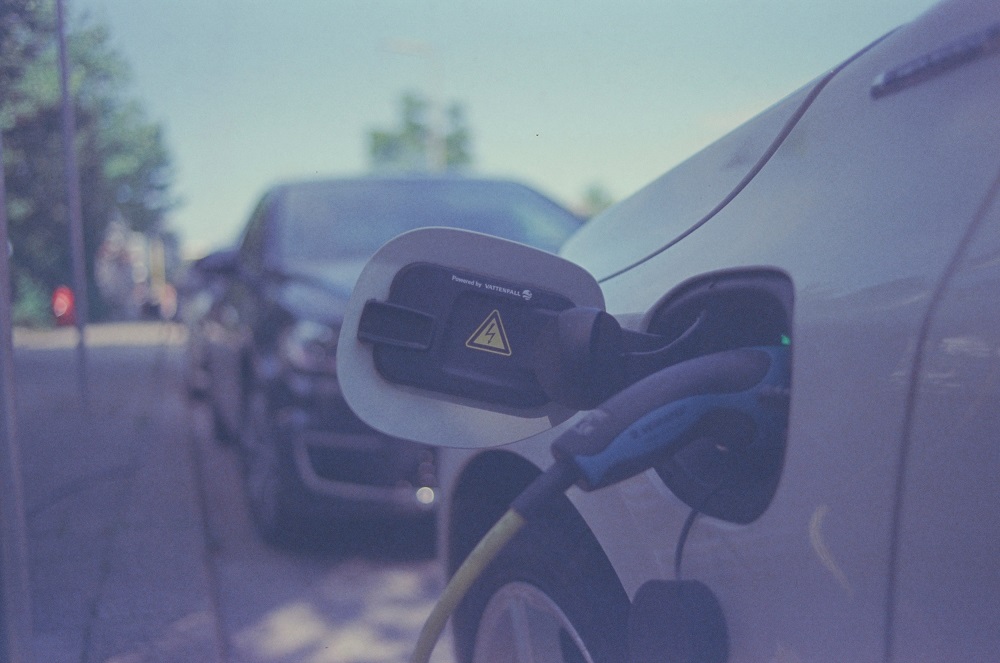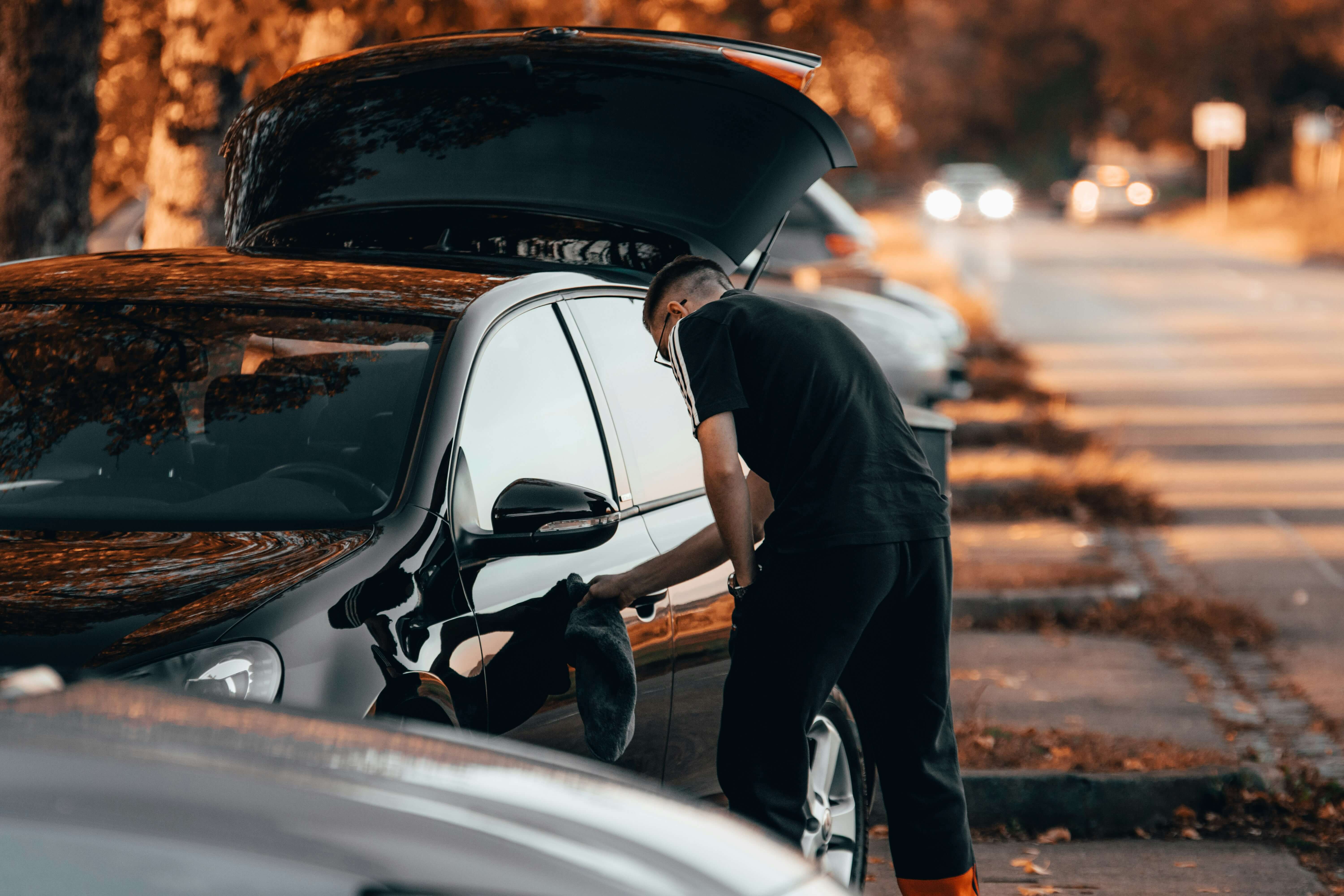How to check tire pressure before going on a trip
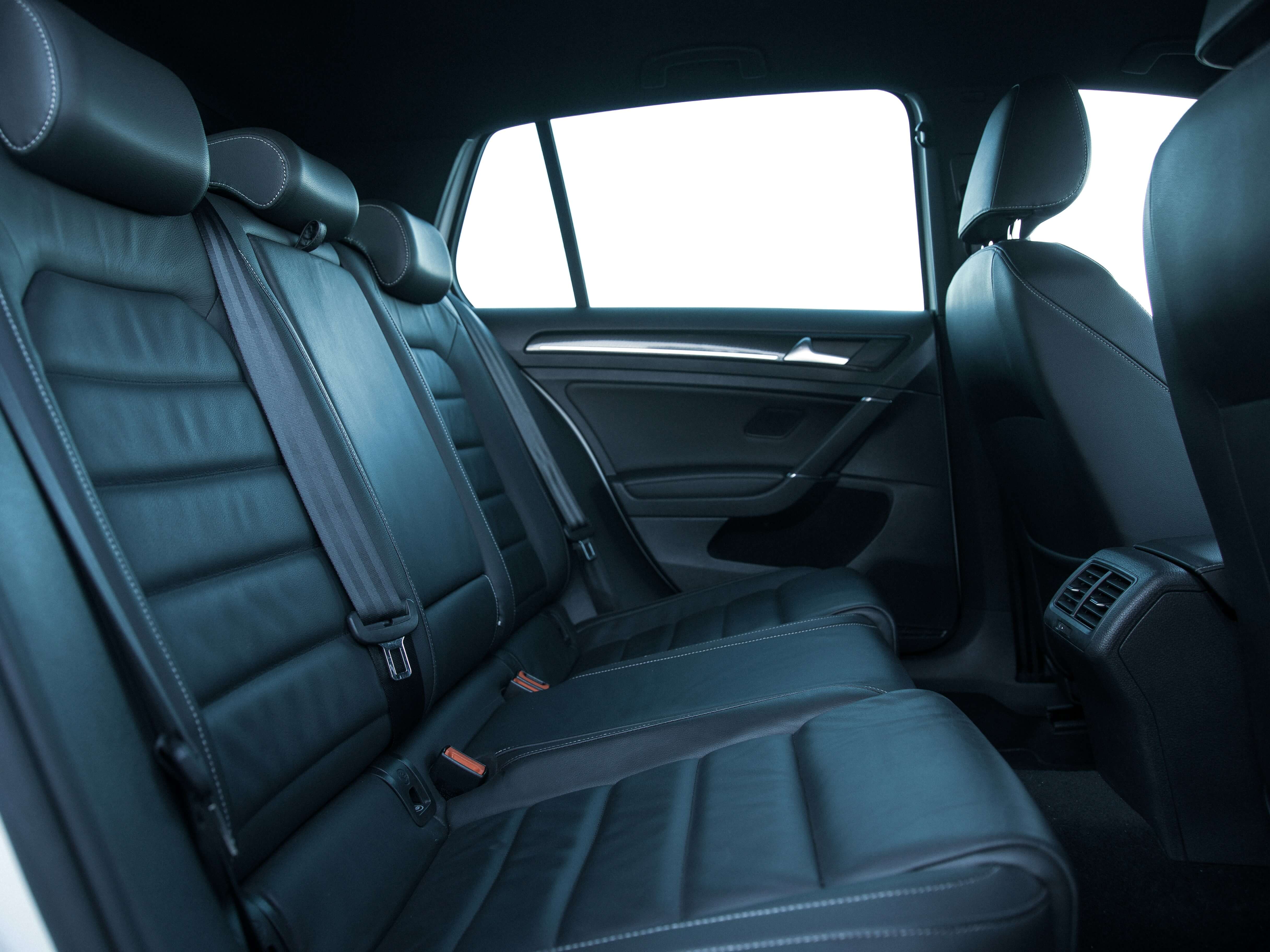
How to check tire pressure before going on a trip
There’s one easy test that makes all the difference before you start the journey: tire pressure. Properly inflated tires improve road safety, fuel economy, and ride comfort. Too often, drivers forget about this test before they start.
Either low or excessive pressure can lead to irregular wear, reduced grip, and even blowout risk. Fortunately, tire pressure monitoring is simple and quick. Below are the key steps for a smooth and safe journey.
How to check tire pressure using a gauge
A tire may look well-inflated, but don’t let appearances fool you. There’s only one certain way to check: by using a tire pressure gauge. Here’s the technique:
- Find the recommended pressure – Look in the owner’s manual or on the driver’s door frame for the manufacturer’s specifications. Pressure will probably be expressed in PSI (pounds per square inch).
- Use a tire pressure gauge – Remove the valve cap and push the gauge onto the valve stem firmly. You will have the reading instantly.
- Compare the reading – If the figure is below what is recommended, the tire requires additional air. If it’s too high, then some air must be let out.
- Check all four tires – Tire pressure can vary from tire to tire. And don’t forget the spare tire!
Pro tip
Check tire pressure when the tires are cold, ideally before driving. Heat from the road can cause pressure to rise, leading to inaccurate readings.
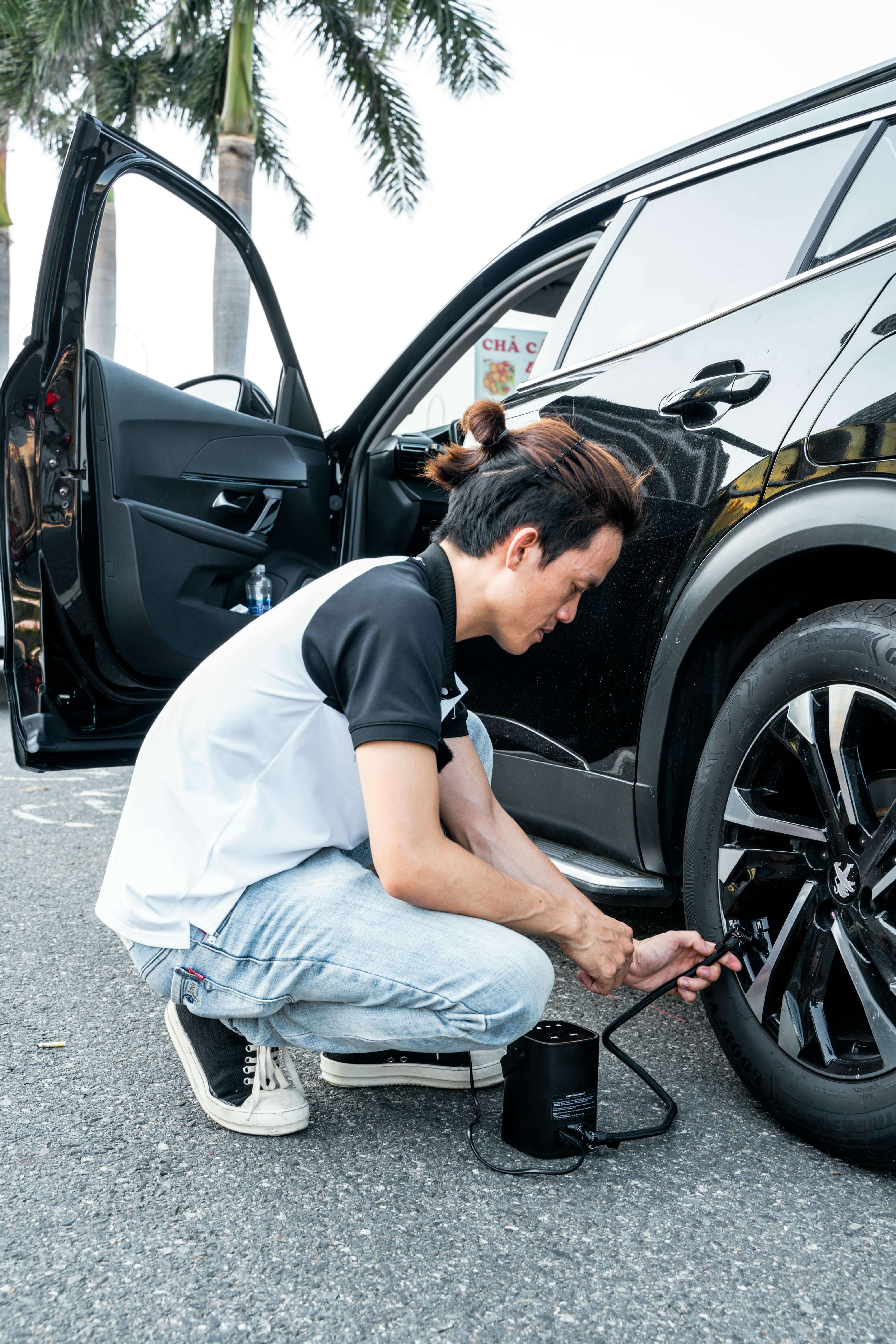
Factors affecting tire pressure
Tire pressure is not something you do once and forget. It changes constantly depending on weather conditions, road conditions, and even the clock. If you don’t keep up with these changes, you’ll have poor handling, increased fuel expenses, and premature tire wear. Fear not—once you know what you need to keep up with, you’ll have no problem keeping up.
Ever wake up one morning and find that your tires seem flat? That’s because cold temperatures contract air and reduce tire pressure. Each 10°F (-12°C) drop results in the loss of 1 to 2 PSI—and that’s enough to affect braking and stability. Hot weather does the opposite: expanding air and increasing pressure. If you’re commuting in extreme weather, keep a sharp eye on the readings!
High speeds, heavy loads, and long trips also impact tire pressure. As the tires heat up from friction, the air inside them expands. That temporary increase can make the tire feel like a rock—reducing traction and overall comfort. Have extra riders or loading up for vacation? You might need to let the pressure down just enough to keep the ride smooth and safe.
Even if you’re just keeping the car parked in the driveway, tires will lose air after some time—between 1 and 2 PSI per month. That’s why you should check them frequently even if you’re not taking long road trips. And if you’re heading up into the mountains, remember that air pressure drops as you climb higher. Your tires will feel higher than usual, so you may want to check them again once you arrive.
Your tires are the only thing that touches the road. Keeping them properly inflated isn’t just about saving money on gasoline—it’s about being in charge, being safe, and having all miles as smooth as they can possibly be.
How to inflate tires to achieve proper pressure
Now that you know the right pressure for your tires, the next thing you should do is ensure that they are inflated. Good news: it’s quick and easy and takes only a few minutes—though it can make a big difference in your safety, fuel economy, and overall ride.
First, remove the tire pressure gauge or use the one that you usually find at most gasoline stations and take the current PSI reading. If the pressure level is low, you will require the services of an air compressor to fill the air. Most gasoline stations have one, or you can also use the portable one if you wish to do the check at home.
To inflate the tires:
- Remove the valve cap and keep it in a safe place—small as it is, you may lose it!
- Fasten the air hose securely onto the valve stem. When you hear a hissing sound, turn the fitting until the sound stops.
- Add air in brief spurts and check the pressure regularly to prevent overinflation.
- If you have overinflated the tire, release air by pushing down on the metal pin in the valve stem. A simple tap will do.
- After you have achieved the correct PSI, you should replace the valve cap and repeat the process for all four tires.
When you are utilizing the air pump at the gas station, there generally is an automatic feature that shuts off the airflow once the correct pressure has been met—a handy feature if you are not aware of the quantity of air that you require.
It’s best to check and adjust pressure when the tires are cold—meaning before you start driving or at least three hours after the car has been parked. Warm tires naturally show a higher PSI due to heat expansion, which can give you a false reading.
Good to know:
If you’re renting the car for the journey, you won’t have any concerns about any of this! Europcar ensures that all the vehicles you rent are serviced and inspected regularly, so the tires will always be at the right pressure before you depart. Find your rental here.
Common signs of improper tire pressure
Driving on the incorrect tire pressure isn’t only inconvenient—it also affects handling, fuel economy, and even your very safety. So what do you do if you suspect something’s wrong before things get worse? Your car will typically let you know something’s wrong, and being able to identify the warning signs will allow you to take action before you have to spend money on repairs or find yourself in danger.
A heavy or sluggish steering sensation is one of the first signs that the tires are underinflated. If the car feels sluggish or as if it’s pulling when you’re attempting to accelerate, or if you’re using more gasoline than you normally would, the tires might not have enough air. Underinflated tires also wear down the outer edge faster, so you’ll have to replace them sooner than you would otherwise.
Conversely, tires with too much air cause the ride to become stiff and choppy. If you notice that the car rides unusually harshly over small bumps or lacks traction on wet roads, the issue might be that there is too much air. Eventually, this will make the tire wear down unevenly in the center, decreasing traction and making emergency braking less effective.
Another warning sign is the Tire Pressure Monitoring System light on the dashboard. If the light comes on, you have at least one tire that has a pressure issue. Some systems will let you know exactly which tire the issue is with, while others will give you only a general warning—so the safest thing you can do is check all tires by hand with a gauge.
If you find that your car veers slightly towards one side, the reason might be that one tire has less pressure than the others. This causes the imbalance in the steering and makes long drives tiring. Under extreme situations, the tires that are severely underinflated have the potential for blowouts at high speeds.
Regular checks and quick adjustments help avoid these issues. A well-maintained tire isn’t just about performance—it’s about peace of mind on the road.
What to remember
- Check the tire pressure with a gauge – You cannot just glance at the tire. Take the reading with a tire pressure gauge.
- Check the recommended PSI – Look in the driver’s door, the owner’s manual, or on the fuel cap.
- Check the tire pressure when the tires are cold – It’s most accurate before you’ve driven or after the car has sat for several hours.
- Temperature has an effect on pressure – cold weather lowers PSI, while heat increases it. Adjust accordingly.
- Add or release air as needed – Fill or release air by using an air compressor.
- Look for warning indicators – Asymmetrical wear, improper handling, or the appearance of the TPMS light indicates pressure problems.
- Regular inspections mean safer journeys – Check tire pressure at least once a month and before long trips.
